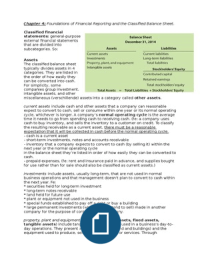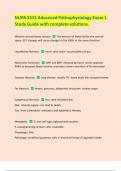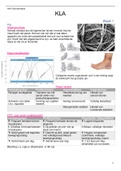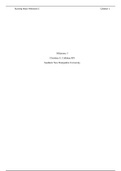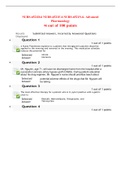Summary
Finance Summary
- Course
- Institution
This document is a summary of the first part of the 'Finance and Managerial Accounting' book used in the first and second year of International Business and Management studies at the Hogeschool Utrecht (HU) / University of applied sciences Utrecht. It is a very explicit summary and helped me to und...
[Show more]
